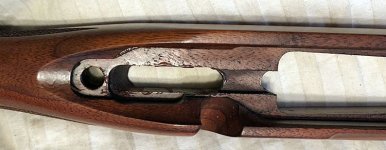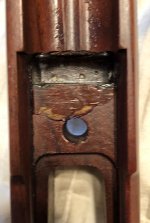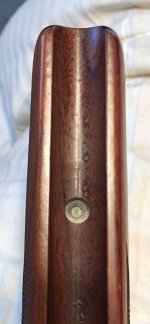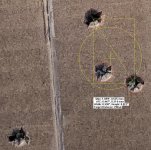Most of the Push Feed model 70's are very much under rated and under valued. Especially those made in the 1980's and 1990's. The quality could be a bit spotty during the 60s' and 70's, but that looks like an 80's rifle. Winchester brought back CRF in 1992 with their Classic rifles but kept making the PF versions as their budget guns until going under in 2006. When FN brought the model 70 back in 2008 they discontinued the PF rifles.
You can often find them at very good prices. I've had a few over the years and liked them better than Remington.
The advantages of CRF are often misunderstood. The word "FEED" in the phrase makes people think they FEED more reliably. Not so. There is no difference in the reliability of FEEDING between CRF and PF. And under "normal" hunting conditions with a reasonably clean rifle there is no advantage whatsoever.
CRF's biggest advantage is more a more rugged, simple, fool proof ejection and extraction system. If you're hunting in icy, cold, snowy, muddy, or dusty conditions where the rifle has a good chance of getting filthy they are more likely to extract and eject where a PF could fail.
And on all pre 2008 Winchesters, even the PF rifles, they used one of the most rugged, reliable triggers ever devised. It isn't easy to adjust for the best trigger pull, but is as reliable as ever made.
I have both PF and CRF rifles and most of the time don't have a preference. But when I'm hunting at 11,000' in single digit temps in snow miles from the road that advantage might make a difference.





